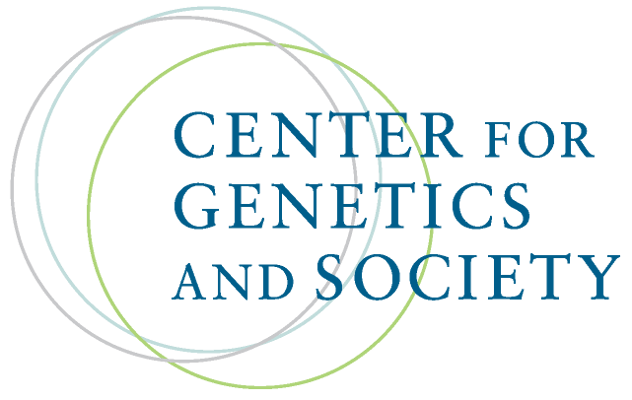DNA Editing in Mouse Embryos Prevents Disease
By Sara Reardon,
Nature News
| 04. 23. 2015
[Quotes CGS's Marcy Darnovsky]
Mothers may one day be able to prevent their children from inheriting mitochondrial defects. Therapies that modify diseased eggs are inching closer to the clinic, but researchers are still hotly debating the safety and ethics of the most promising techniques. These involve combining the nucleus of the mother’s egg with mitochondria from a healthy woman to create a ‘three-parent embryo’.
In the 23 April issue of Cell1, one team proposes an alternative: neutralizing the faulty mitochondria. Some researchers say that the approach could help enable the ethically questionable practice of engineering human embryos to have modifications that would be passed on to future generations. (The first instance of such engineering was published in Protein & Cell2 and reported by Nature's news team on 22 April.)
About 1 in 5,000 people worldwide has a disorder caused by faulty mitochondria, the organelles that supply the cell with energy. In others, the faulty organelles worsen diseases that arise by other means, such as some cancers. Roughly 60–95% of the mitochondria in a cell must be faulty for disease...
Related Articles
By Ben Johnson, Nature | 02.14.2025
A London-based biotech has amassed the world’s largest ethically sourced foundational biodiversity database for training artificial intelligence (AI) by setting up partnerships with 25 countries around the world. The startup, Basecamp Research, announced in January the launch of a new...
By Isaac Schultz, Gizmodo | 10.18.2024
Colossal Biosciences, a company mainly known for intending to genetically engineer proxies for several iconic extinct species, announced this week that it has made major steps towards the de-extinction of the thylacine, or Tasmanian tiger.
The thylacine was a carnivorous...
By Russ Burlingame, Comicbook | 07.23.2024
Colossal Laboratories and Biosciences, a biotech company that's putting together plans to orchestrate the de-extinction for animals like the dodo and the wooly mammoth, made some waves on Reddit recently when they petitioned the United Federation of Planets -- the...
By Shelly Fan, Singularity Hub | 05.31.2024
We all know the drill for reproduction—sperm meets egg.
For the past decade, scientists have been pushing the boundaries of where the two halves come from. Thanks to induced pluripotent stem cell technology, it’s now possible to scrape skin cells...



